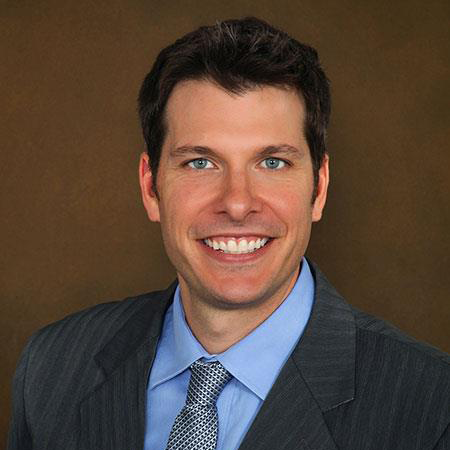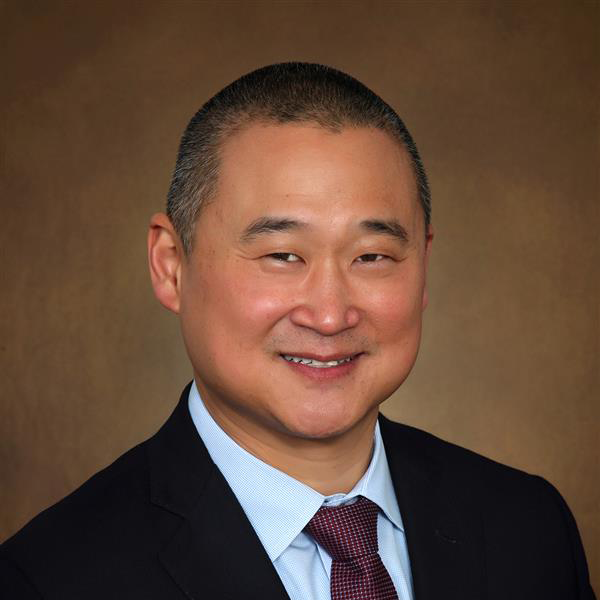Despite its occasional reputation as a place to pick fights with strangers, Twitter can often be a valuable tool – for awareness, for education, for connecting with peers around the world.
For many Twitter users at the University of Colorado School of Medicine, Twitter is a medium on which they share and promote their own and colleagues’ research, highlight new developments in medicine, share insights from conferences, and otherwise amplify their specific areas of health care.
A recent study analyzing Twitter representation among academic urologists found that of the 143 U.S. urology residency programs studied, the University of Colorado Division of Urology had the highest representation on Twitter.
“Despite all the recent changes with Twitter, it still is a great tool for education and networking,” says Simon Kim, MD (@simon_p_kim), professor of urology. “There is a certain social or friend component, because I’m able to connect with colleagues around the world, but I think a lot of us are also using it to advocate for patients and advance research.”
Connections during COVID
For Rodrigo Donalisio da Silva, MD (@RdonalisioMD), associate professor of urology, the COVID-19 pandemic prompted a recognition that Twitter could be an important tool for professional connection and collaboration.
“Before that, we would see each other at conferences or other meetings, but suddenly those were canceled so we were having to look for other ways to maintain that communication,” Donalisio da Silva explains. An international group of urologists and trainees interested in using social media in urology, called #UroSoMe, had been established on Twitter in 2018, but really took off during the pandemic and now has more than 7,500 followers.
“I was part of the core group that got the UroSoMe network going – it was me, Jeremy Theo from China, Castellani from Italy, and Vineet from Singapore, and several urologists from Italy and Mexico,” Donalisio da Silva says. “We were sharing research, some people would post a question and ask for advice, and it was all happening on Twitter. From there we were able to organize Zoom meetings, then do a few studies together on how the group could grow in terms of research, resident education, and conferences.
“A lot of us have found it really valuable for research. If someone is going to do a study, through the UroSoMe group they can pretty quickly have multiple sites interested in joining. If you’re doing research that includes a survey, usually when you email people the response rate is 20% at best and it will take several months and multiple follow-up emails. With Twitter, using the #Urosome hashtag, you often can get much better response much quicker.”
Amplifying education and awareness
Twitter also is a valuable tool for sharing and promoting research that otherwise might remain a bit cloistered in its particular niche of medicine, says Cindy Buchanan, PhD (@CindyB_PhD), associate professor of urology and psychiatry.
“A lot of my work is published in transplant journals or urology journals,” Buchanan says. “But I have a huge network of psychology colleagues who potentially may not be seeing it because they’re not subscribing to those journals or don’t have access to them. So, Twitter has helped me share with my psychology network, and it’s also been a nice way to get the psychosocial urology research I’m doing into the hands of urologists and other people who are working in pediatric health.”
Kim also has seen how sharing his research on Twitter has amplified its reach: “If you promote your research on Twitter, it actually gets cited more often. Plus, it can be really challenging to keep abreast of all the journals, so if you’re sharing your own or your friends’ research on Twitter, you can see anecdotally that people are much more likely to read the article and engage.”
Buchanan adds that even though she doesn’t tweet every day, “the times when I do – when there’s a really exciting publication that our group or a colleague published, there’s something exciting happening in our area of medicine – I always get lots of response and feedback and emails afterward. I’m not a very self-promoting person, so that part has taken some effort, but the journals make it easy now with a Twitter link when you get your e-print. And in some journals you can see your download numbers, which always go up after I tweet.”
Building community on Twitter
While a certain amount of discretion is necessary when using Twitter professionally, da Silva says, as well as clear communication that the views expressed on the platform are one’s own and not those of CU, Twitter can be a powerful tool for community building.
“There’s a clinician in Iraq who I’ve been Twitter friends with, and about once a month he tweets a very interesting case,” Kim says. “These are really great resident education cases, and it’s amazing to me that without Twitter I probably never would have heard from this person in Iraq. I’m also really amazed by the people who will direct message me with questions from a case, people from all over the world, and that wouldn’t happen without Twitter.”
Twitter also allows health care professionals to share news and developments in their field, or to offer perspectives on issues with which they have experience.
For medical students considering a residency or career in urology, Twitter can be a valuable tool for learning about programs at various institutions, interacting with faculty, seeking mentorship, and quickly receiving answers to questions, Donalisio da Silva says.
“Through Twitter we’ve been able to invite students to meet-and-greet talks we were giving through Zoom, we’ve been able to recruit applicants for our sub-intern program,” Donalisio da Silva says. “It’s a great way of bringing people together, learning about others’ practices, and sometimes it’s even just complaining about our day-to-day schedules. Twitter has helped us build this community of people who are having similar experiences.”





.png)

